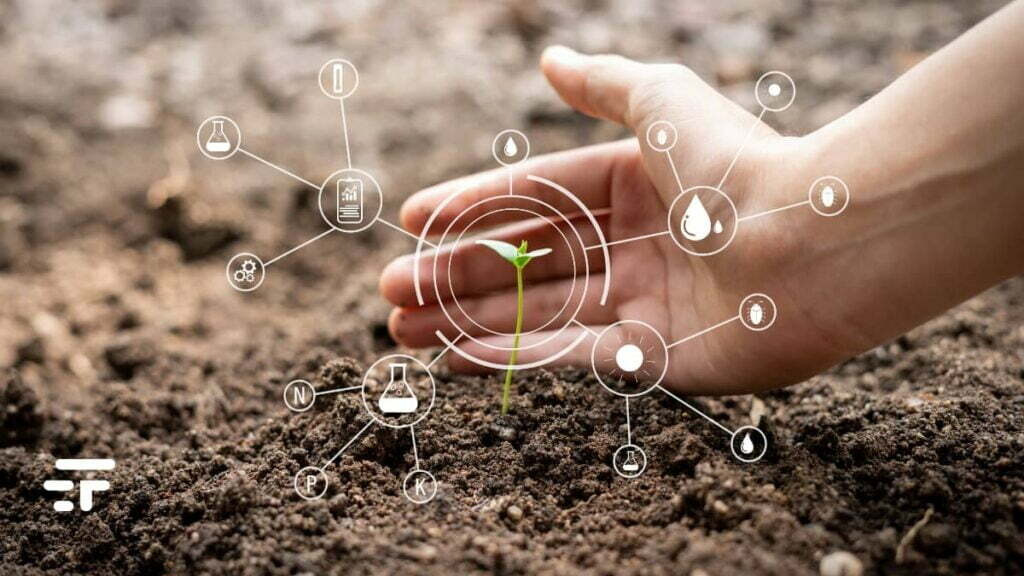The earth beneath our feet is much more than the surface we walk on: it is the basis of our food system, and a powerful “absorbent filter” that helps our atmosphere cleanse itself of pollution.
Imagine the Earth as covered in a thin “shell” of cocoa powder. As if it were a tiramisu, come on. This layer can sequester three times the amount of carbon present in the atmosphere.
A precious gift
Do you know how much CO2 exists today in our atmosphere. If there's one thing we don't miss, it's that. And it seems to contribute significantly to the warming of our planet.
Storing excess carbon is one way to remove carbon pollution from the atmosphere with less cost, energy and impact. There's just one problem: “degraded” soil doesn't absorb carbon as effectively as healthy soil. And we have a lot of degraded soil, just from our agricultural practices.
What have we done to the Earth
Agriculture is a source of livelihood for many people, there is no doubt. As there is no doubt that it can have a negative impact on soil health. Even preparing the soil for planting airs out nutrient-rich soil components, releasing carbon into the atmosphere.
Not to mention industrial farming practices like monoculture: growing the same things every year increases the use of pesticides, because it attracts more insects. Pesticides are known to control insects but they slap the soil, reducing its nutrients and ability to absorb carbon.
The solution to these problems can come from a new agriculture, a so-called "carbon" agriculture. For non-purist friends of the Italian language, carbon farming.

What is carbon farming?
Carbon farming is a method of managing agricultural land with the goal of preserving nutrients in the soil and increasing the amount of carbon it is able to store.
Carbon farming practices include composting agricultural waste, which nourishes the soil, or planting “cover” crops such as grasses and legumes. These crops help prevent soil degradation by helping to protect it from weeds and pests.
The “collateral” benefits beyond the environmental ones? Increased crop yield, restoration of water resources and improvement of biodiversity, important for the survival of ecosystems. Not bad.
In the field of innovation
Scientists and farmers pursuing carbon farming experiment with various materials to add to the soil to increase its carbon sequestration properties.
Any examples? Rock dust, which indeed has been used for years: crushed rocks contain nutrients and minerals that are good for the soil. Or the basalt powder, rich in minerals such as calcium and magnesium, which makes the soil as fertile as those surrounding a volcano.
Carbon farming, can it be done on a large scale?
Some big global groups like Unilever, PepsiCo e Walmart have started adopting carbon farming practices in their supply chains. They should increase carbon sequestration over large areas, hopefully it's not just about (increasingly rampant) greenwashing.
While waiting for politicians to make their (always late) moves to encourage carbon farming, we need to increase awareness.
Experts, popularizers, farmers and trade associations must multiply their efforts to promote carbon farming.
This and more, for our "dear" shell.


